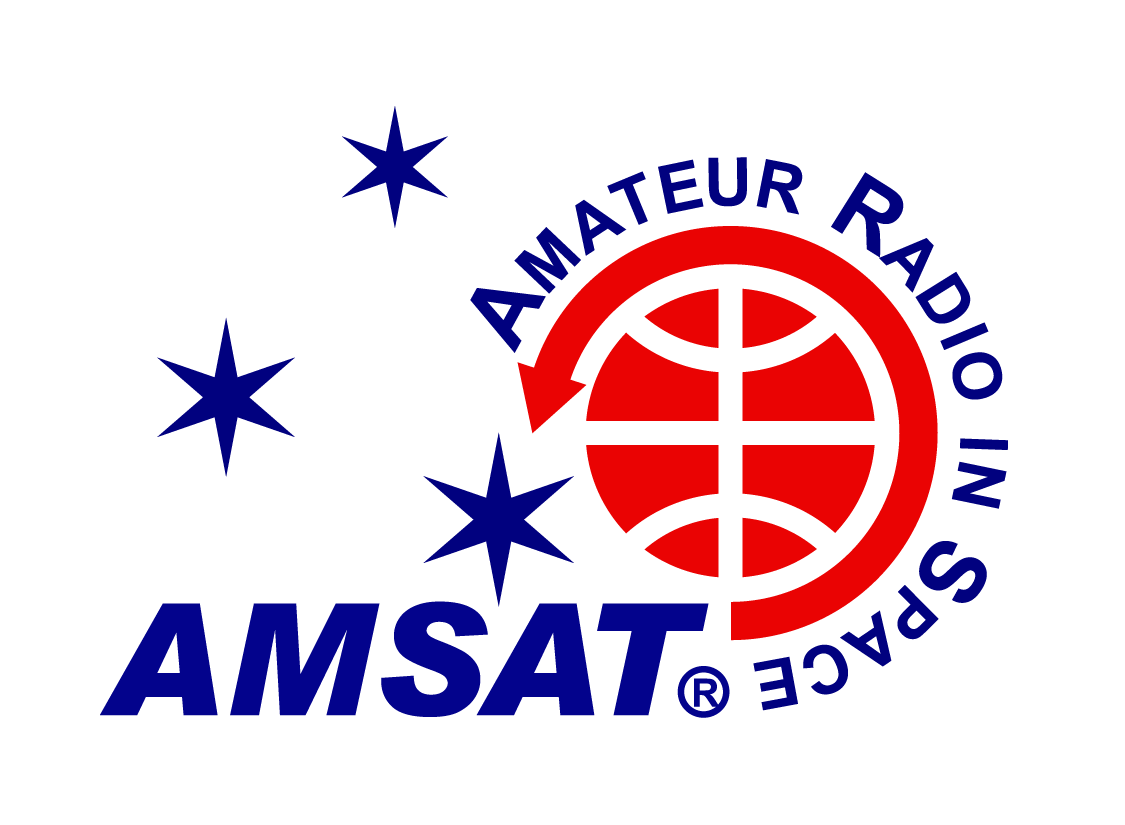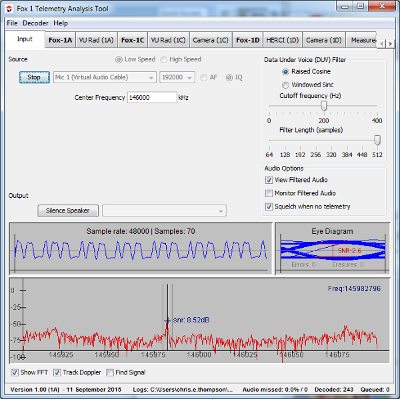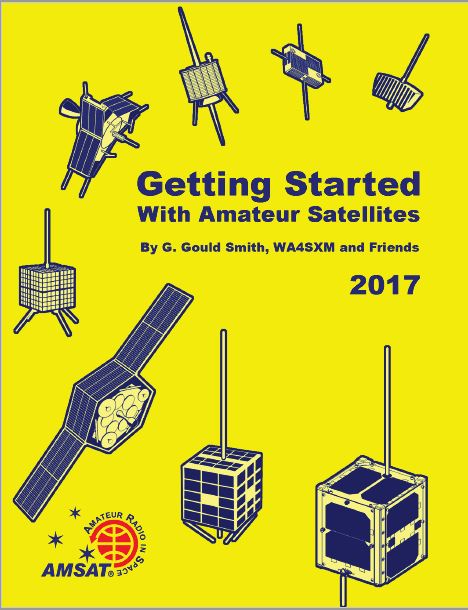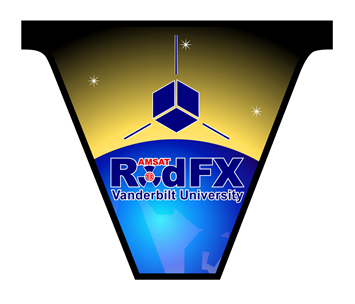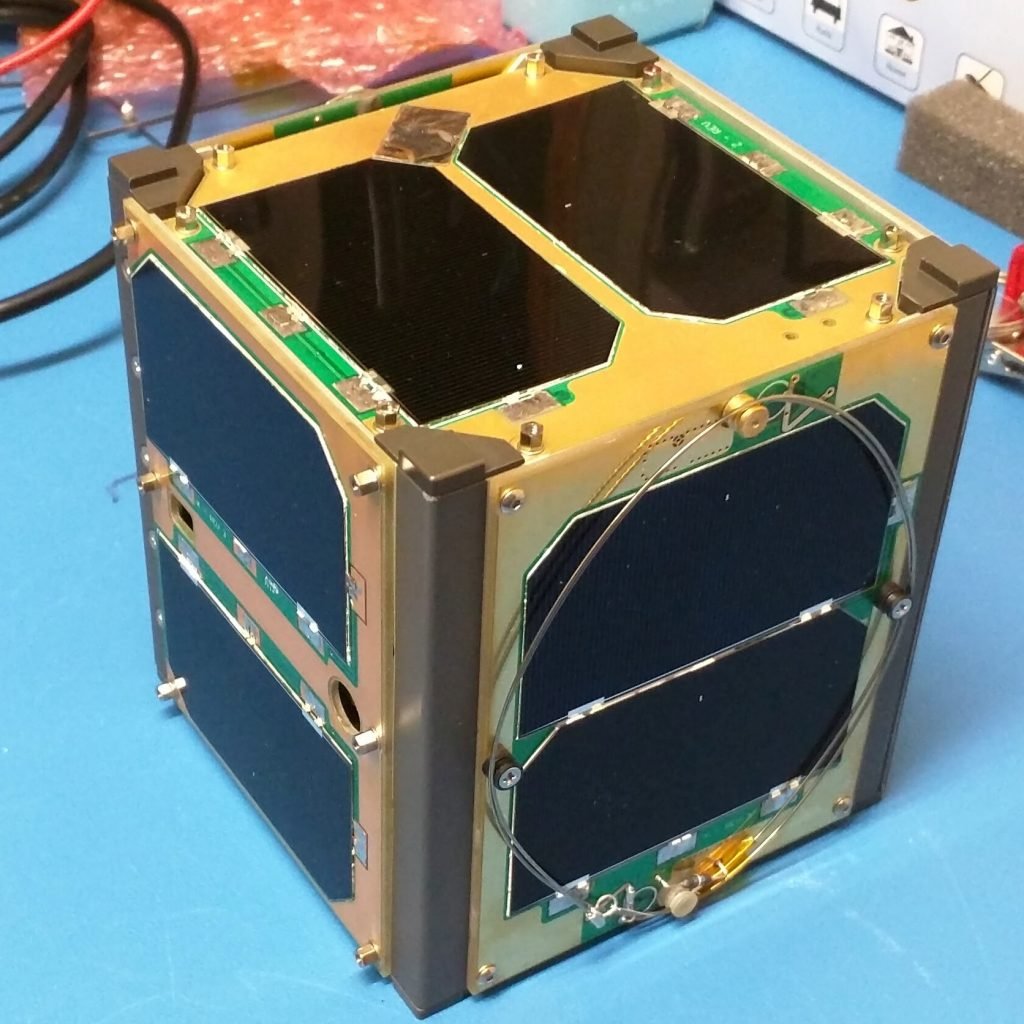At it’s annual meeting, held at the Silver Legacy Resort Hotel in Reno, NV, the AMSAT-NA Board of Directors elected Joe Spier, K6WAO, of Reno, NV, President, succeeding Barry Baines, WD4ASW, who has retired after nine years of service as AMSAT’s President. Joe is a Life Member of AMSAT-NA and has previously served as Executive Vice President and Vice-President Educational Relations. He also has Life Memberships in the ARRL, SARA (Society of Amateur Radio Astronomers) and the AFA (Air Force Association). He holds an Extra Class license as well as commercial licenses.
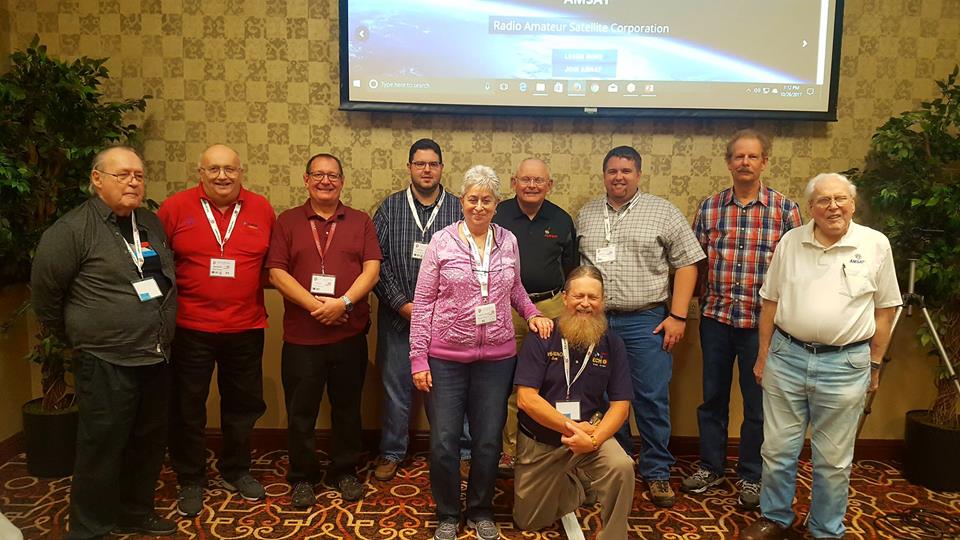
Back (L to R) – Tom Clark, K3IO, Keith Baker, KB1SF/VA3KSF, Jerry Buxton, N0JY, Paul Stoetzer, N8HM, Barry Baines, WD4ASW, Clayton Coleman, W5PFG, Bruce Paige, KK5DO, and Bill Tynan, W3XO
Front (L to R) – Martha Saragovitz and Joe Spier, K6WAO
Immediate Past President Barry Baines, WD4ASW, said “It has been an honor to serve as President for the past nine years and as a board member since 1999. I’m confident that the successes of the past nine years while serving as President will lead to new opportunities in AMSAT’s future as Joe assumes the helm working with the new Senior Leadership Team. I’m also thrilled that Paul Stoetzer, N8HM, and Clayton Coleman, W5PFG, are new voting members on the Board, including the assumption of my former slot. I’m excited that the new Board combined with the new Senior Leadership Team will bring insight, enthusiasm, energy and commitment to move AMSAT forward.”
Other officers elected by the Board were:
Paul Stoetzer, N8HM, of Washington, DC, as Executive Vice President
Jerry Buxton, N0JY, of Granbury, TX, as Vice-President Engineering
Drew Glasbrenner, KO4MA, of New Port Richey, FL, as Vice-President Operations
Clayton Coleman, W5PFG, of Granbury, TX, as Secretary
Keith Baker, KB1SF/VA3KSF, of Corunna, ON, as Treasurer
Martha Saragovitz of Silver Spring, MD, as Manager
